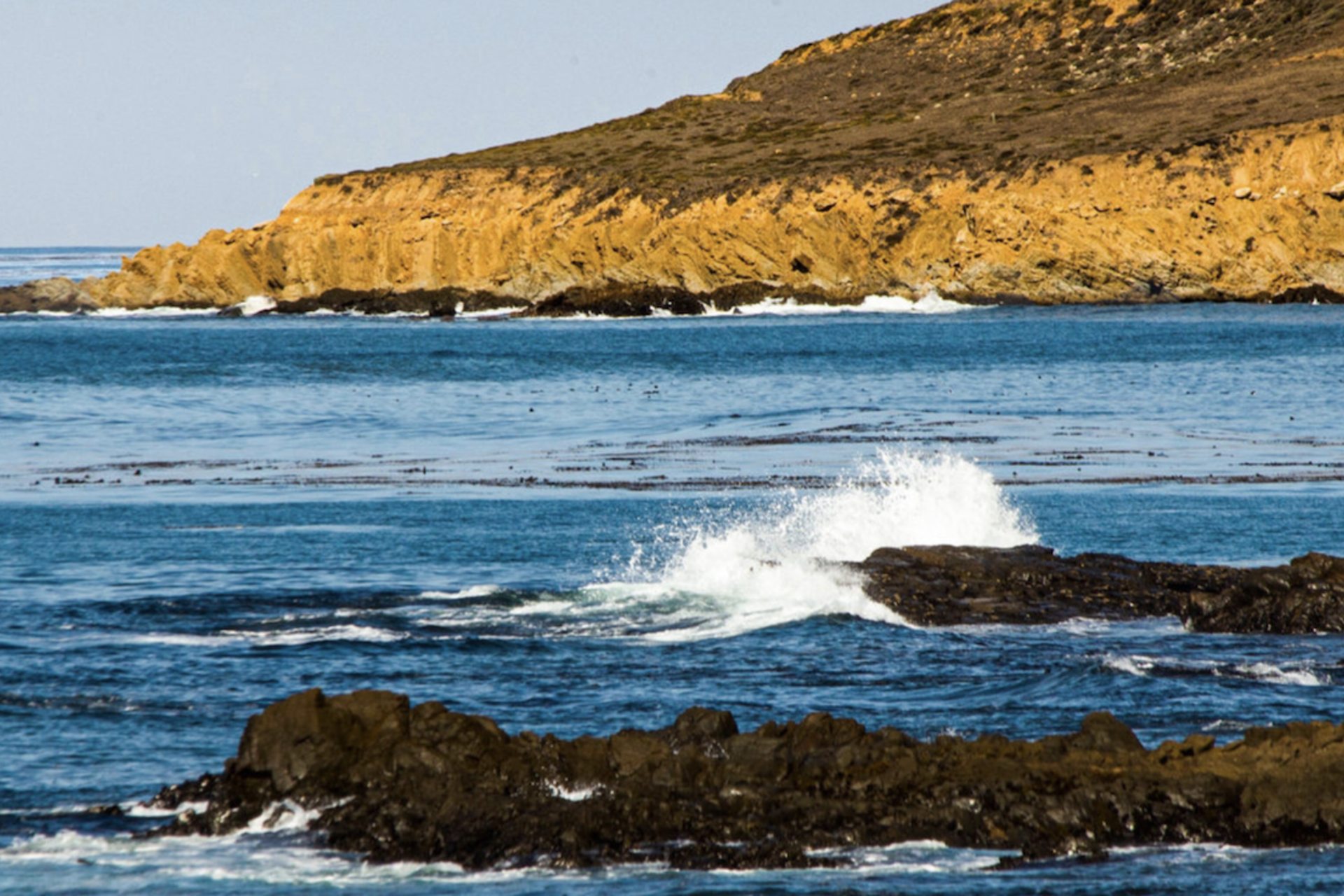Tuna cam
Working in Canada’s Gulf of St. Lawrence off the coast of Nova Scotia, a team of Stanford University marine scientists deployed miniature video cameras with accelerometers and speedometers on giant Atlantic bluefin tuna.

Working in Canada’s Gulf of St. Lawrence off the coast of Nova Scotia, a team of Stanford University marine scientists deployed miniature video cameras with accelerometers and speedometers on giant Atlantic bluefin tuna. These cameras, coupled with motion and environmental sensors, provide information about how the fish move through their environment.
The research team from the laboratory of Barbara Block, Prothro Professor of Marine Sciences, has tagged more than 1,300 Atlantic bluefin tuna over the past two decades, using electronic tags to follow their migratory movements and behavior. This new work led by former postdoctoral fellow Adrian Gleiss and scientists Robert Schallert and Jon Dale provides the first motion and kinematic data on how the giant bluefin tuna swim, a fish that is remarkably specialized for trans-oceanic migrations, swims.
original paper: Royal Society
Explore More
-
The inaugural awards will enable research teams to pursue interdisciplinary ocean and coastal projects that address impacts of environmental change in the Bay Area and beyond.
-
A new research partnership will combine Indigenous and scientific knowledge to monitor marine life in a sacred tribal region that may be a bellwether of how native species will fare in the face of climate change.



